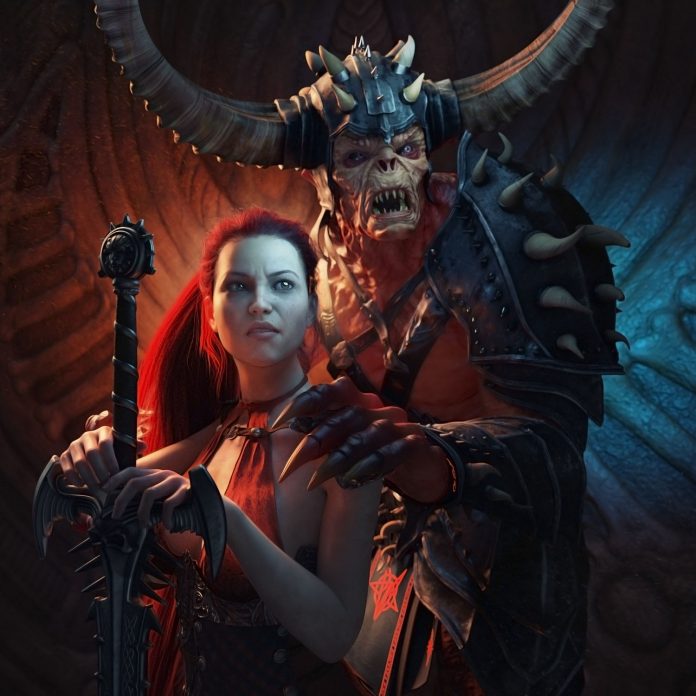
In an article for Writer’s Digest, Jordan Kopy shares six tips for writing monsters in all genres of fiction. They include:
- Define what your monster is. “A monster can be defined as anything which interrupts the patterns of everyday life, creating an atmosphere of uncertainty and fear—creating chaos,” Kopy says. “The options are endless: a wild, rabid animal; a serial killer masquerading as a housewife, or even an unrequited love, callously stringing the protagonist along.” Monsters can be natural disasters or diseases, or any kind of disrupter that increases the stakes in your story and forces your characters to make difficult decisions.
- And what it isn’t. The monster may or may not be the villain in your story. Natural disasters and plagues aren’t desirable, but they are neutral. In contrast, your villain or antagonist has agency. If your monster is also your villain, be sure to give them objectives and intentions.
- Creating your monster. “Once you’ve chosen your monster’s type and role, the next step is to give it substance,” Kopy writes. What does it look like and why is it feared? What does it want? What are its weaknesses? How does it move your plot? In other words, why is it necessary to your story?
- Subvert expectations. Does your monster look or act like others of its type? Switch it up! “This is especially important if you’ve selected a more conventional monster with well-established lore,” Kopy adds.
- Add the fear factor. “This might go without saying, but your monster must induce a level of fear,” Kopy says. With physical monsters, this is a bit easier, but with metaphorical or nature-based creations – disease, flooding, etc. – you need to amp up your characters’ reactions. Use the presence and unpredictability of your monster to ramp it up.
- Introducing your monster. When and how you introduce your monster will depend on the nuances of your story. Introduce your monster early if you want to slowly build to a big climax, or introduce it late to build suspense.











